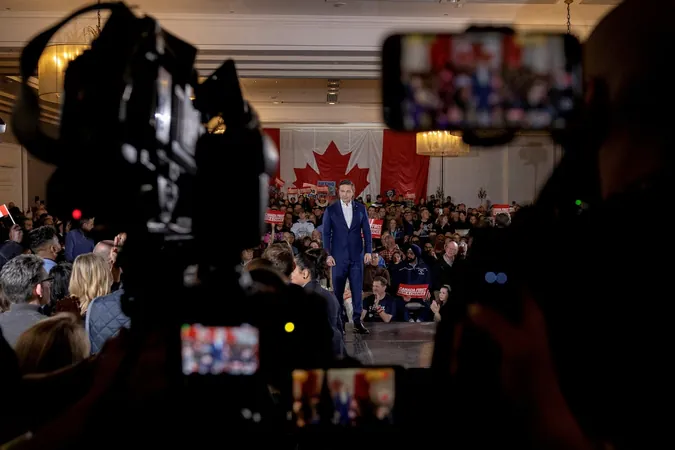
Clash of Campaigns: How Media Relations are Shaping the Conservative and Liberal Elections
2025-04-05
Author: Emma
Introduction
In a surprising turn of events, Conservative Leader Pierre Poilievre faced a backlash from reporters during a press conference at a Bay Street breakfast event on Wednesday morning. As Poilievre wrapped up his remarks, an uproar erupted from the back of the room, leading many viewers to believe they were witnessing a protest. Instead, it was a group of frustrated journalists vocally demanding answers from the Conservative candidate, highlighting growing tensions over the campaign's restrictive media access.
Restrictive Media Access
This incident was not an isolated one; it followed a similar clash in St. John’s where campaign aides attempted to physically block reporters who were eager to question Poilievre. The Conservative campaign seems to be intentionally limiting media interaction, which has become an integral part of Poilievre's political persona, especially as he positions himself in contrast to the media establishment.
Chartered Campaign Jet Controversy
One of the most controversial decisions made by the Conservatives was their announcement that reporters would not be allowed aboard Poilievre's chartered campaign jet, a departure from typical campaign practices. This long-standing arrangement allows journalists to maintain comprehensive coverage of candidates' public appearances. Despite this change being justified by rising travel costs and the increasing ease of remote reporting, many are skeptical, especially given the party's claims of striving for a “transparent and accessible campaign.”
The Implications
As a result, news organizations have been forced to employ multiple reporters to track Poilievre’s movement, effectively ‘leapfrogging’ along the campaign trail to keep up with his public engagements.
Comparative Analysis of Engagement Strategies
Comparative analysis of media interactions reveals stark differences between the two leading candidates. Although both Poilievre and Liberal Leader Mark Carney have dedicated about the same amount of time to media questions in their first two weeks on the campaign trail—between 15 and 20 minutes per appearance—their engagement strategies diverge significantly. Poilievre typically answers only four questions and allows no follow-up inquiries, often repeating statements from his prepared speeches. In contrast, Carney's campaign permits reporters a single question and a follow-up, fostering a more open dialogue with the press.
Controversial Questioning Tactics
A striking moment during the campaign occurred when a Conservative staffer erroneously hinted that a Globe and Mail reporter should ask about specific topics, leading to questions about potential biases in question selection. Such instances raise alarms over whether the Conservative campaign is genuinely promoting transparency or merely curtailing unfavorable narratives.
Political Strategists' Concerns
Political strategists have expressed concerns that Poilievre's approach may alienate voters. Brad Lavigne, who successfully led the NDP to a historical leap in the 2011 elections, underscored the importance of a candidate's accessibility to the media, warning that restricting press access undermines democratic engagement and could hinder outreach efforts.
Liberal Campaign Strategy
In stark contrast, the Liberal campaign has embraced a strategy of enhanced media engagement. According to their own tally, Carney has taken 140 questions since the election's inception, compared to Poilievre's meager 48. This disparity highlights a potential disconnect in how each party perceives the importance of a free press in shaping public opinion.
Commitment to Transparency
The Liberal campaign emphasized their commitment to media access and transparency in an official statement, asserting that they value the role of independent journalism in informing the electorate.
Expert Opinions
Marsha Barber, a journalism director at Toronto Metropolitan University, remarked on the high-stakes nature of this election, suggesting both candidates are meticulously managing their messaging. Despite this, she doubts that Poilievre’s evasive stance toward the press will notably sway public opinion due to a growing distrust in media coverage among voters—a scenario that could see some constituents support candidates who openly challenge the media narrative.
Conclusion
With the election still underway, the battle over media access not only shapes the narrative of the campaigns themselves but also reflects broader sentiments about the influence and reliability of journalism in today’s political landscape. As these tactics unfold, voters will be watching closely to see how they impact the candidates' standings in the race to lead the nation.


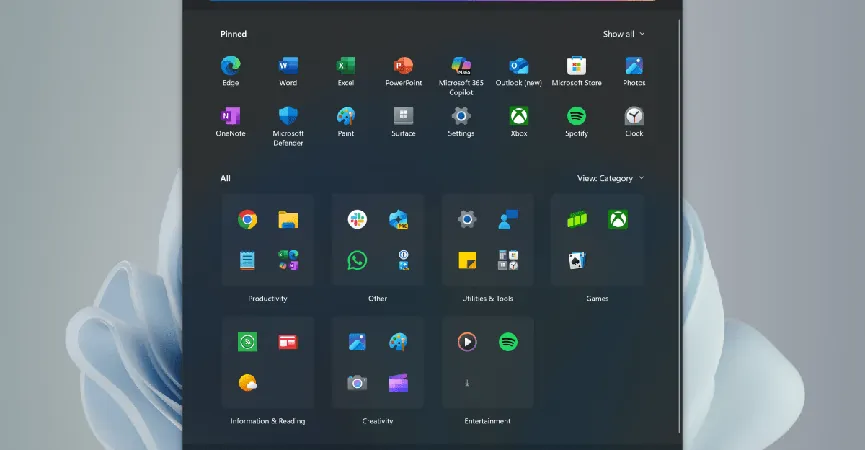

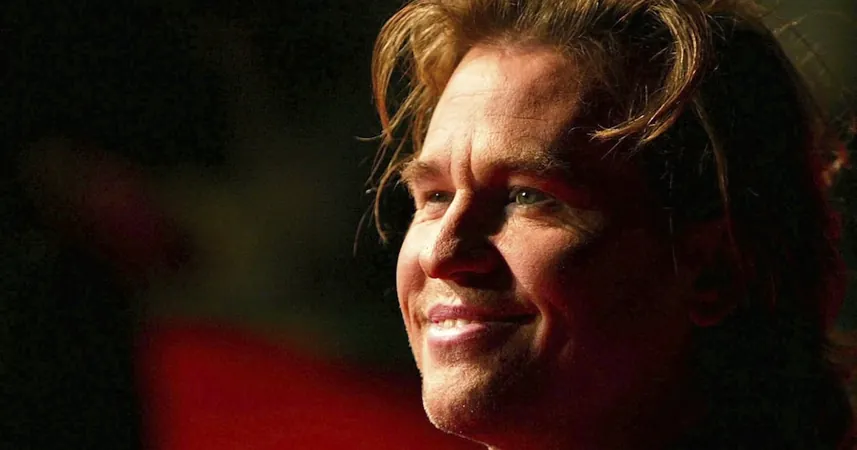
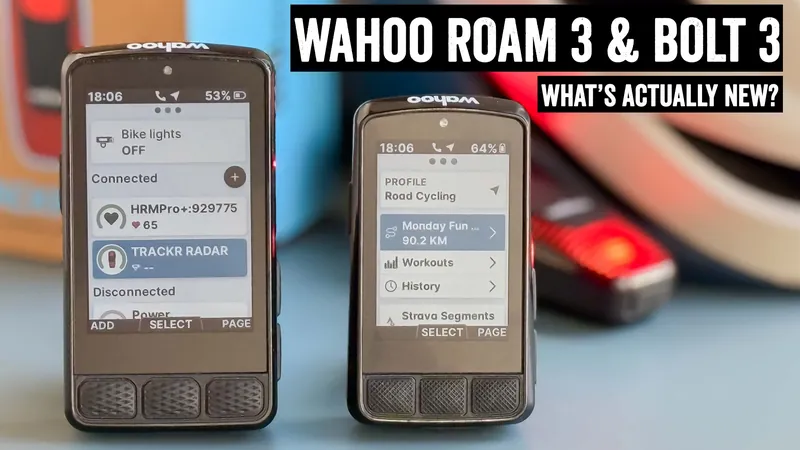

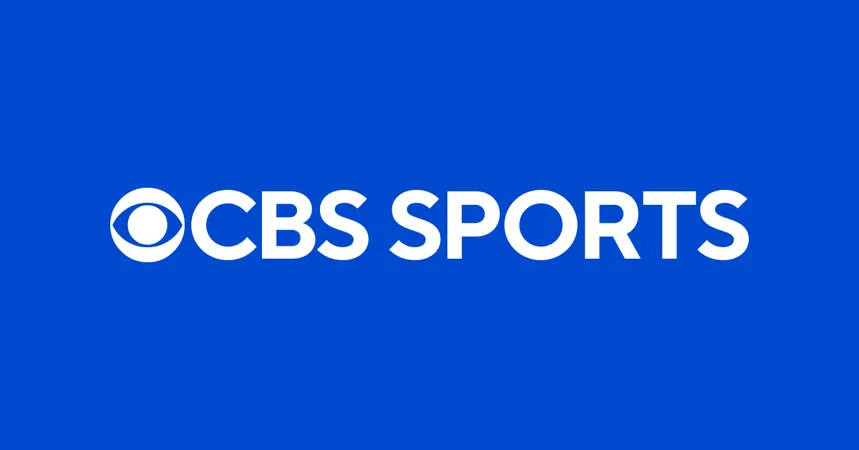
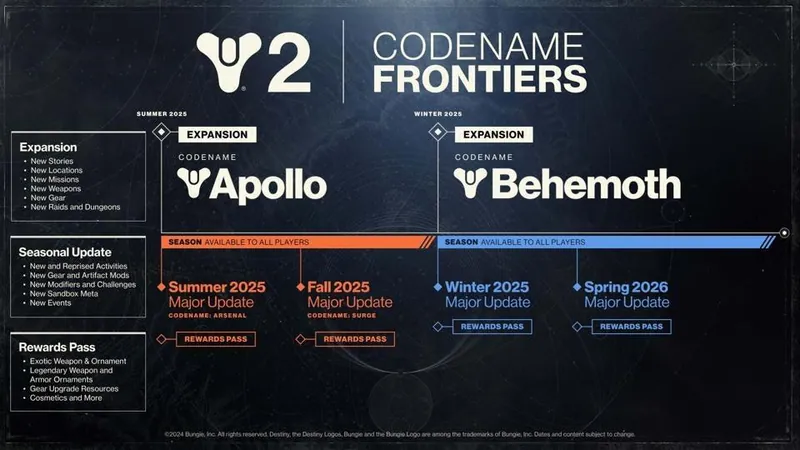
 Brasil (PT)
Brasil (PT)
 Canada (EN)
Canada (EN)
 Chile (ES)
Chile (ES)
 Česko (CS)
Česko (CS)
 대한민국 (KO)
대한민국 (KO)
 España (ES)
España (ES)
 France (FR)
France (FR)
 Hong Kong (EN)
Hong Kong (EN)
 Italia (IT)
Italia (IT)
 日本 (JA)
日本 (JA)
 Magyarország (HU)
Magyarország (HU)
 Norge (NO)
Norge (NO)
 Polska (PL)
Polska (PL)
 Schweiz (DE)
Schweiz (DE)
 Singapore (EN)
Singapore (EN)
 Sverige (SV)
Sverige (SV)
 Suomi (FI)
Suomi (FI)
 Türkiye (TR)
Türkiye (TR)
 الإمارات العربية المتحدة (AR)
الإمارات العربية المتحدة (AR)